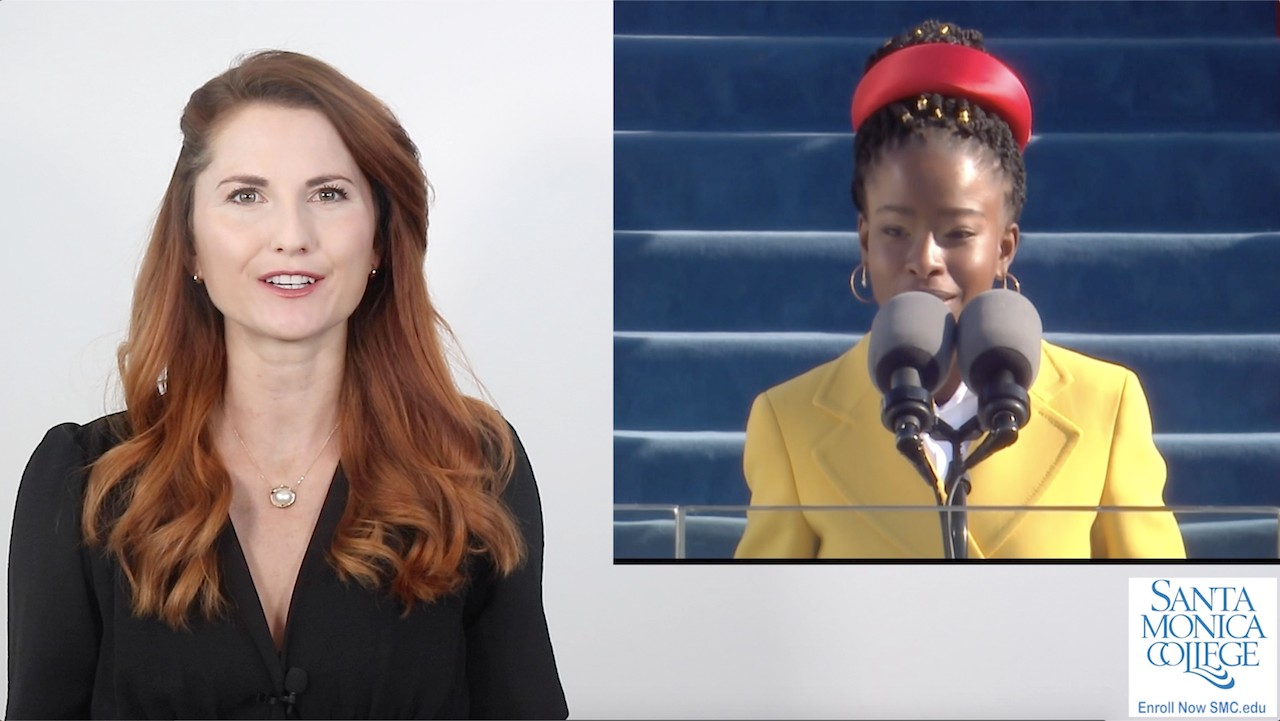Life has taken a completely different turn post-COVID-19. The pandemic has changed how people live, work, shop, and socialize. People have to take up new strategies as a response to unprecedented times. With the latest modifications, schools have no choice but to adjust their former ways to accommodate the new normal.
Teachers, parents, and students are going through profound changes as they adjust to the new setting. This article highlights how learning spaces are restructuring their class setups to facilitate effective learning.
Futuristic Digital Learning Varied Through Algorithms
In 2020, digitalized learning became the norm. Most universities are adopting the remote learning technique through live classroom sessions on Zoom. The tactic has transformed from the late 1990s where video conferencing was widespread. Nonetheless, in the lucrative marketplace for exclusive online degrees and courses, various influential techs and channels have surfaced.
These platforms are focused on significant datasets, artificial intelligence, and cloud computing. MOOC platforms like EdX and Coursera make the most use of data from numerous students and course datapoints. These platforms use machine learning to automate the grading system across the board. They also provide versatile content and evaluations.
Whether it’s an online architecture degree or in-person MBA, grading is key to reaching your academic goals. With this in mind, the role of AI and advanced software in grading is something to consider going forward.
Analytics-Centered and Artificial Intelligence Student Aid
Artificial intelligence, SMS messaging, and machine learning optimize support for scholar services. Like corporate entities, most universities are starting to employ mixed and completely AI-centered chatbots to help learners answer questions. These chatbots allow combined case studies that support student service staff with information. The universities use trend detection to help learners navigate crucial admissions, registrations, and program deadlines. Such methods are pushing boundaries to digitize university services through smart speakers placed across the student dormitories.
They are fundamental self-service methods that facilitate a better education experience, which is centered on the student. Organizations like Georgia Tech use artificial intelligence to facilitate digitalized teaching of degrees. Georgia Tech is a pioneer when it comes to education based on artificial intelligence. In general, most universities concentrate on predictive analytics, allowed by the information derived from online learning. Most time, it depends on access to independent consulting professionals and datasets.
Prioritizing Digital Strategies
Such tech developments bring about digital transformation and demand a fresh outlook from policymakers. A more central strategy becomes a priority for colleges, mainly when dealing with their primary operations: learning and providing credentials. The accumulation of invaluable intellectual asset and market proportion in some crucial education tech firms brings about the need for solid partnership paradigms. For instance, most renowned universities have dedicated agreements and joint undertakings with education OPMs (Online Program Managers) in vital academic sectors.
Properly structured alliances can push the universities forward. Education at higher levels is encountering the tech-centered market share consolidation and influence that has taken place in other sectors. In fall 2020, the much-expected integration of the higher education market is rising. This is accelerated by the emergence of the ongoing public health crisis. Whereas the digital journey for universities is long, such abilities are crucial to survival.
The increase of tech-based university options and degree alternatives implies additional choices for employers and consumers. It will demand a new online learning framework and standards. This will promote innovation and a commitment to quality assurance.
The Takeaway
Throughout this online learning era, the behavior of employers, students, and organizations are changing at the same time. This necessitates a reevaluation of corporate cases, policies, and strategies.













